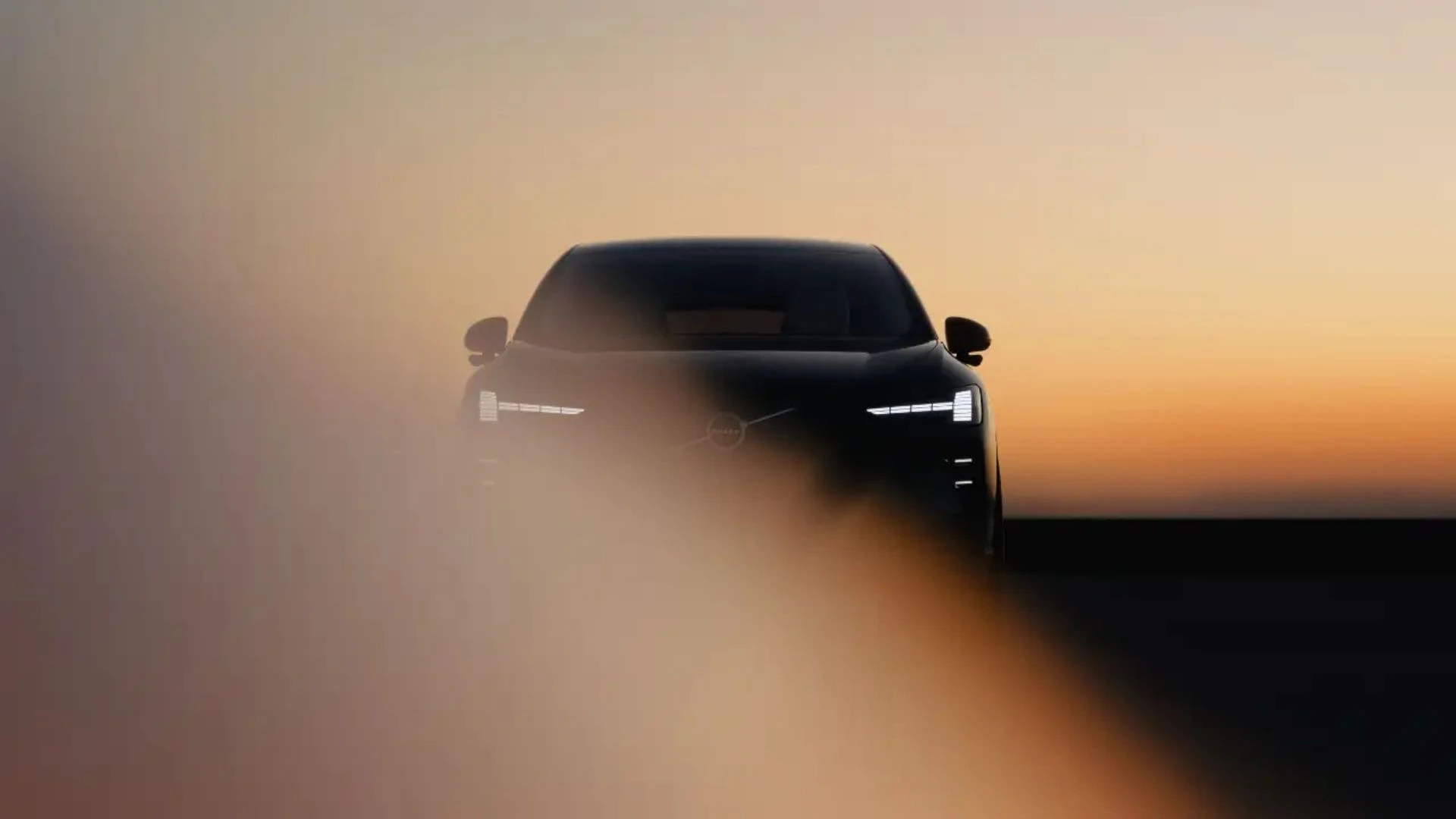As we know, global warming is a major threat to our planet and new solutions are being sought to battle it. One such advancement in mobility is electric vehicles (EVs). Electric cars are becoming more and more popular due to their many advantages over conventional gasoline-powered vehicles. For example, they emit fewer emissions, are more efficient, and have lower operating costs. One of the most important components of electric vehicles is the electric motor, which converts electrical energy stored in the battery into mechanical energy that drives the vehicle. There are several types of motors used in electric vehicles, each with its own set of advantages and disadvantages. Let's take a look at the five main types of motors we see in electric vehicles today.

1. Brushed DC Motors
Brushed DC motors were the first type of electric motor to be used in electric vehicles and are still used in some electric vehicles, although they are not as common as they once were. A brushed DC motor consists of a rotor, a stator, and a commutator, which is a mechanical switch that changes the direction of current flowing through the rotor windings. The motor brushes provide electrical contact between the stator and the rotor.
Brushed DC motors are relatively inexpensive and have a simple design, making them an attractive option for low-cost electric vehicles. However, they require frequent maintenance due to brush wear over time and are less efficient than some of the other types of motors used in electric vehicles.

2. Brushless DC motors
Brushless DC (BLDC) motors are more advanced than brushed DC motors and are becoming more common in electric vehicles. BLDC motors are more efficient than brushed DC motors, have a longer life and require less maintenance. They also have a higher power-to-weight ratio, making them suitable for use in smaller, lighter electric vehicles.
BLDC motors are brushless, which means they are simpler in design and less prone to wear and tear. They use electronic commutation to change the current flow between the stator and rotor, making them more efficient and reliable than brushed DC motors. However, they are more expensive than brushed DC motors due to their more complex design.

3. Induction motors
Induction motors, also known as asynchronous motors, are another type of motor used in electric vehicles. Induction motors contain a stator and a rotor, but unlike DC motors, they do not have a commutator. Instead, they rely on electromagnetic induction to transfer energy between the stator and the rotor. Induction motors are more efficient, reliable, and have a longer life than DC motors.
Induction motors are especially well-suited for use in electric vehicles because they have a high torque density, which means they can generate a lot of torque even at low speeds. This makes it ideal for use in electric vehicles that require a lot of torque to start. However, induction motors are more expensive than DC motors and also require more complex control systems.

4. Permanent magnet synchronous motors
Permanent Magnet Synchronous Motors (PMSM) are a type of electric motor that uses permanent magnets to generate the magnetic field that drives a rotor. PMSMs are efficient and have a high energy density, making them suitable for use in electric vehicles. They also have a high torque density, making them ideal for use in electric vehicles.
PMSMs are also more expensive than DC motors and require more complex control systems, but they are also more efficient and reliable. It also has a longer life and requires less maintenance.

5. Switched Reluctance Motors
Switched Reluctance Motors (SRMs) use the reluctance of the magnetic circuit to generate torque. SRMs are efficient and have a high energy density. They are also simple in design and require less maintenance than other types of motors used in electric vehicles. SRMs have a lower torque density than some of the other types of motors used in electric vehicles, but are still a viable option for some applications where simplicity, durability, and cost-effectiveness are primary considerations.
Electric vehicles are penetrating the automotive industry at a very rapid rate, and the type of motor used in an electric vehicle is a critical factor in its performance, efficiency, and overall cost. As technology continues to advance, new types of motors are likely to emerge that offer more efficient and reliable solutions for electric vehicles. We definitely see a new trend in motors, with a variety of new features that increase ease, comfort and operability for the EV user.
Also Read: Maruti Suzuki Jimny launch in India tomorrow: What we know so far








_1768039599.webp)


_1768025785.webp)